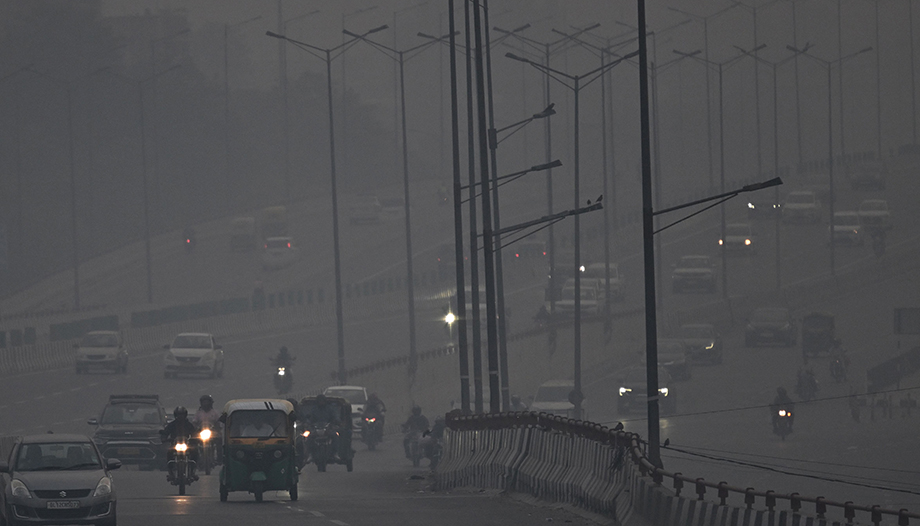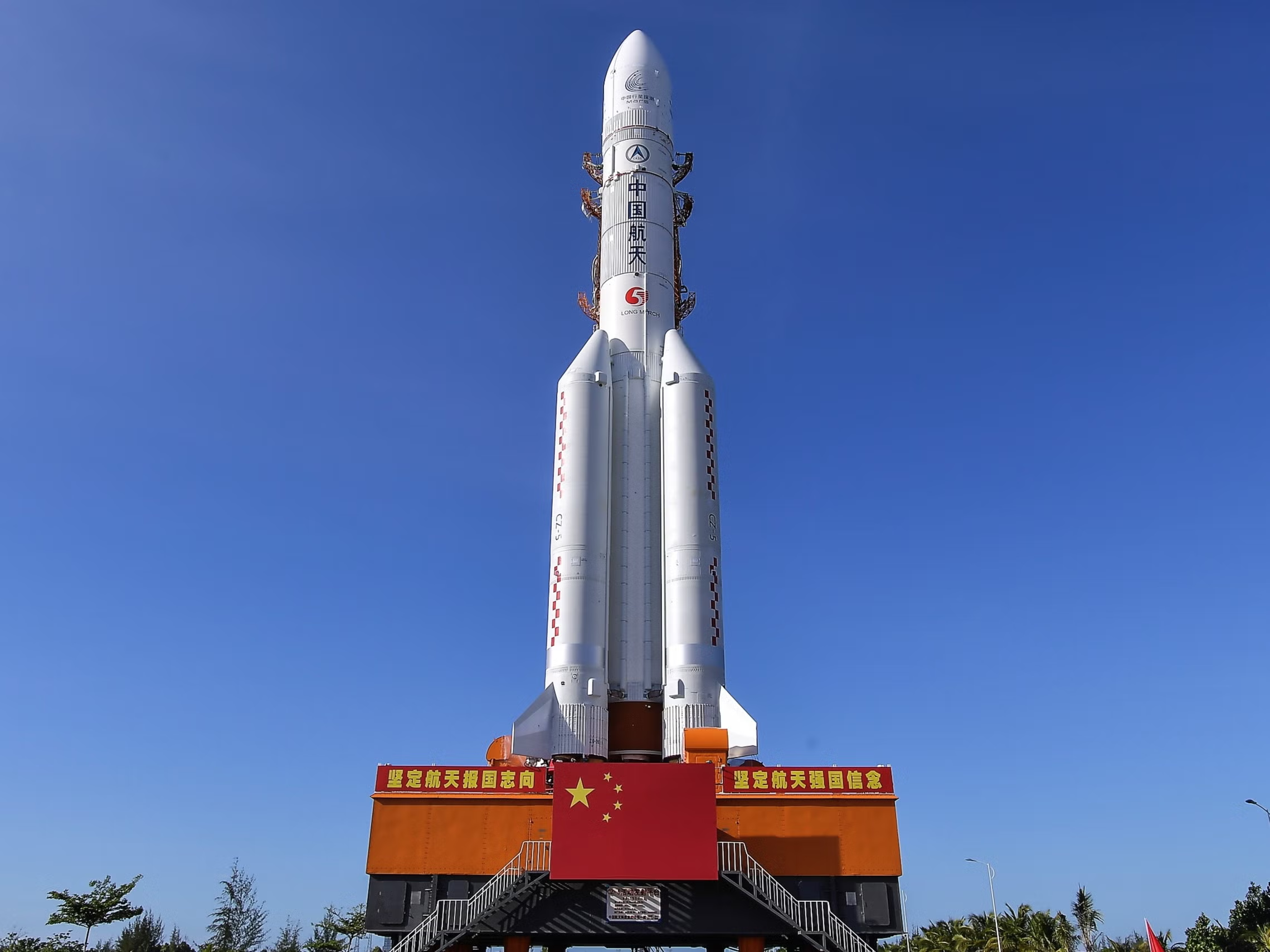
Kathmandu, November 11: A thick layer of smog blanketed India’s capital, New Delhi, on Monday, as pollution levels surged sharply, filling the air with a pungent odor and worsening an already severe public health crisis. Frustrated residents took to the streets, demanding immediate government action.
The city’s Air Quality Index (AQI) was recorded at 344 on Monday morning—far above the World Health Organization’s recommended safety limit. This level falls under the “severe” category and is considered extremely hazardous for breathing.
On Sunday evening, hundreds of citizens—including parents and environmental activists—gathered in front of New Delhi’s iconic India Gate for a rare protest. Demonstrators wore masks and carried placards reading, “I’m struggling to breathe.”
“I am here as a citizen deeply concerned about the city’s deteriorating air. We’ve reached a point where even breathing has become a struggle,” said Meghna, one of the protesters who gave only her first name.
Following the protest, police confiscated placards and banners and dispersed the crowd, urging them not to demonstrate without official permission.
The worsening pollution in the capital has caused headaches, eye irritation, and persistent coughing among residents. Many have expressed frustration that politicians continue to engage in blame games rather than taking policy-level action to address what has become an annual health emergency.
With a population of around 30 million, New Delhi and its surrounding areas consistently rank among the world’s most polluted cities. According to a recent report by Swiss-based air quality monitoring organization IQAir, six of the world’s ten most polluted cities are in India, with New Delhi listed as the most polluted capital.
Air quality in the city deteriorates further in winter when farmers in neighboring states burn crop residues and falling temperatures trap smoke near the ground. The pollution is compounded by emissions from vehicles and industries, allowing toxic particles to linger in the air for long periods. During dry, windless conditions, pollution levels can soar up to 20 times higher than the WHO’s safe limit.
To curb pollution, authorities have temporarily banned construction activities and restricted the use of diesel generators. They have also attempted “cloud seeding” to induce artificial rainfall. However, environmental experts argue that only long-term emission reduction policies and sustainable solutions can bring genuine relief to the residents of the capital.
People’s News Monitoring Service.


















Comments:
Leave a Reply